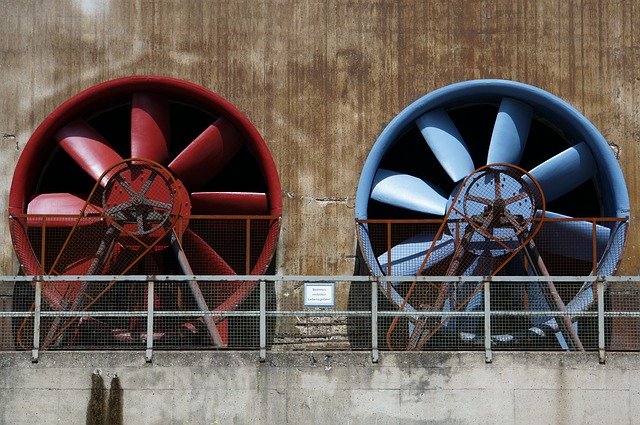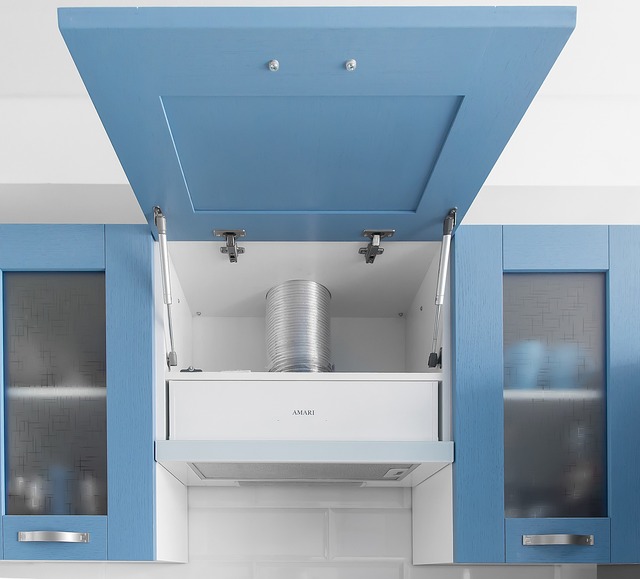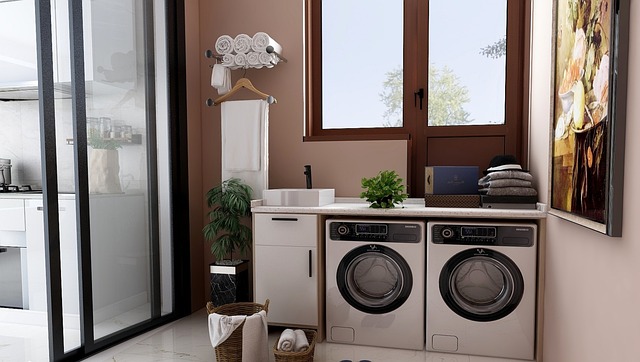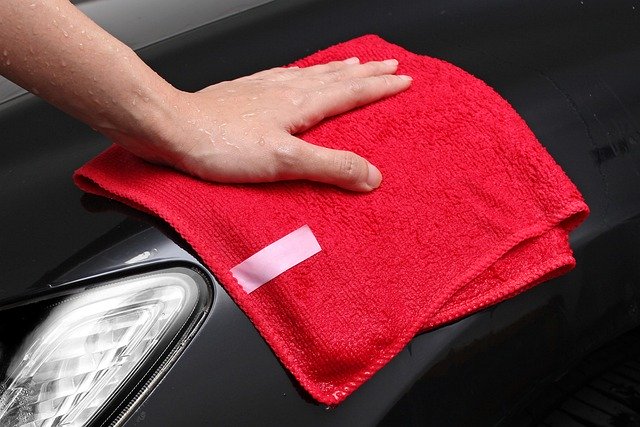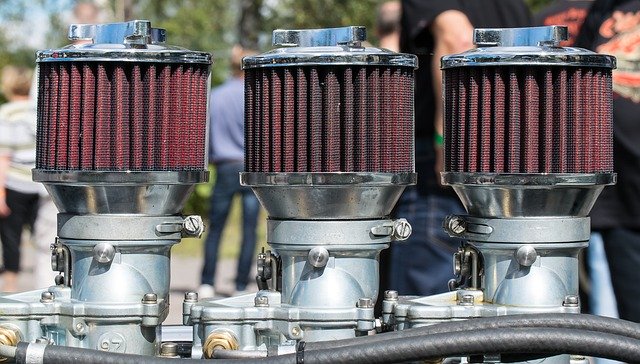Bathrooms are an essential part of our daily routine, serving as a place for personal hygiene and relaxation. However, they are also one of the most susceptible areas in our homes to mold growth. Mold not only looks unsightly but can also pose serious health risks. Fortunately, there is a simple yet effective solution to combat mold in your bathroom: proper ventilation. In this comprehensive guide, we will explore how bathroom ventilation prevents mold and why it is crucial for maintaining a healthy and mold-free environment.Before we delve into the importance of bathroom ventilation, it’s essential to understand why mold is such a pervasive issue in bathrooms. Mold thrives in environments with moisture, warmth, and organic matter to feed on. Bathrooms provide the ideal conditions for mold growth, as they are often humid and contain materials like wood, drywall, and grout that mold can easily colonize.The most common types of mold found in bathrooms include black mold (Stachybotrys chartarum), green mold (Aspergillus), and pink mold (Aureobasidium pullulans). These molds can cause various health problems, such as allergies, respiratory issues, and skin irritations, making it essential to prevent their growth in our bathrooms. Proper bathroom ventilation is the key to preventing mold growth. Ventilation systems in bathrooms serve two primary functions: Bathrooms generate a significant amount of moisture through activities like showering, bathing, and handwashing. If this moisture is not promptly removed, it can create an environment where mold can thrive. Ventilation systems help to reduce humidity levels by expelling moist air outside and allowing fresh, dry air to enter the room. Stagnant air encourages the accumulation of moisture and provides an ideal breeding ground for mold. Effective ventilation promotes air circulation, preventing moisture buildup and inhibiting mold growth. There are several types of bathroom ventilation systems, each with its advantages and suitability for different situations. Let’s explore the most common options: Exhaust fans are perhaps the most popular and effective method of bathroom ventilation. These fans are typically installed on the ceiling or wall and are designed to expel humid air outside. Modern exhaust fans come with features like timers, motion sensors, and humidity sensors, making them more energy-efficient and user-friendly. If your bathroom has a window, opening it during and after showering can help to improve ventilation. However, this method may not be as effective as exhaust fans, especially during cold or rainy weather. HRV systems are more commonly found in energy-efficient homes. They not only remove humid air but also recover some of the heat from the outgoing air to pre-warm the incoming air. This can help maintain a comfortable temperature while reducing energy consumption. Ducted ventilation systems are connected to a centralized unit that can serve multiple bathrooms in a home. They are suitable for larger homes or buildings and offer consistent ventilation throughout. While having a bathroom ventilation system is crucial, it’s equally important to ensure that it operates efficiently. Regular maintenance is essential to keep your ventilation system in good working condition: Dust and debris can accumulate in the exhaust fan, reducing its effectiveness. Clean the fan and its blades regularly to ensure proper airflow. If your ventilation system has filters, make sure to replace them as recommended by the manufacturer. Clogged filters can hinder airflow and reduce the system’s efficiency. Inspect the exhaust ducts for any blockages or obstructions that may impede air movement. Clear any debris to maintain efficient ventilation. Periodically test your ventilation system to ensure it is working correctly. Make sure the fan is expelling air outside and that there are no unusual noises or issues. Now that we understand how bathroom ventilation prevents mold, let’s explore the broader benefits it offers: Effective bathroom ventilation significantly reduces the risk of mold growth, protecting your health and preserving the aesthetics of your bathroom. Proper ventilation ensures that your bathroom maintains good indoor air quality by removing excess humidity, odors, and potentially harmful pollutants. While some may worry about energy consumption, modern ventilation systems are designed to be energy-efficient, especially when equipped with features like timers and motion sensors. Adequate ventilation helps maintain a comfortable and pleasant bathroom environment by preventing stuffiness and excess moisture. Reduced humidity levels and proper ventilation can extend the lifespan of fixtures and finishes in your bathroom, such as paint, wallpaper, and cabinetry. In conclusion, bathroom ventilation is a crucial element in preventing mold growth and maintaining a healthy indoor environment. Mold not only poses health risks but also deteriorates the appearance of your bathroom. Investing in a proper ventilation system and maintaining it regularly is a small price to pay for the many benefits it offers.Whether you choose an exhaust fan, window ventilation, or a more advanced system like HRV, the key is to ensure efficient moisture removal and air circulation. With the right ventilation in place, you can enjoy a mold-free, comfortable, and refreshing bathroom experience while safeguarding the well-being of your family. Don’t let mold take over your bathroom—let proper ventilation be your defense against this persistent problem.Why Bathroom Ventilation is important
Removing Humidity
Promoting Air Circulation
Types of Bathroom Ventilation
Exhaust Fans
Windows
Ventilation Systems with Heat Recovery (HRV)
Ducted Systems
The Importance of Regular Maintenance
Clean the exhaust fan
Replace filters
Check for blockages
Test the system
Benefits of Effective Bathroom Ventilation
Mold Prevention
Improved Air Quality
Energy Efficiency
Comfort
Longevity of Fixtures
Conclusion

01
Mar
10 Benefits of Using a Cleaning Checklist for the Home
Maintaining a clean and organized home can be a challenging





